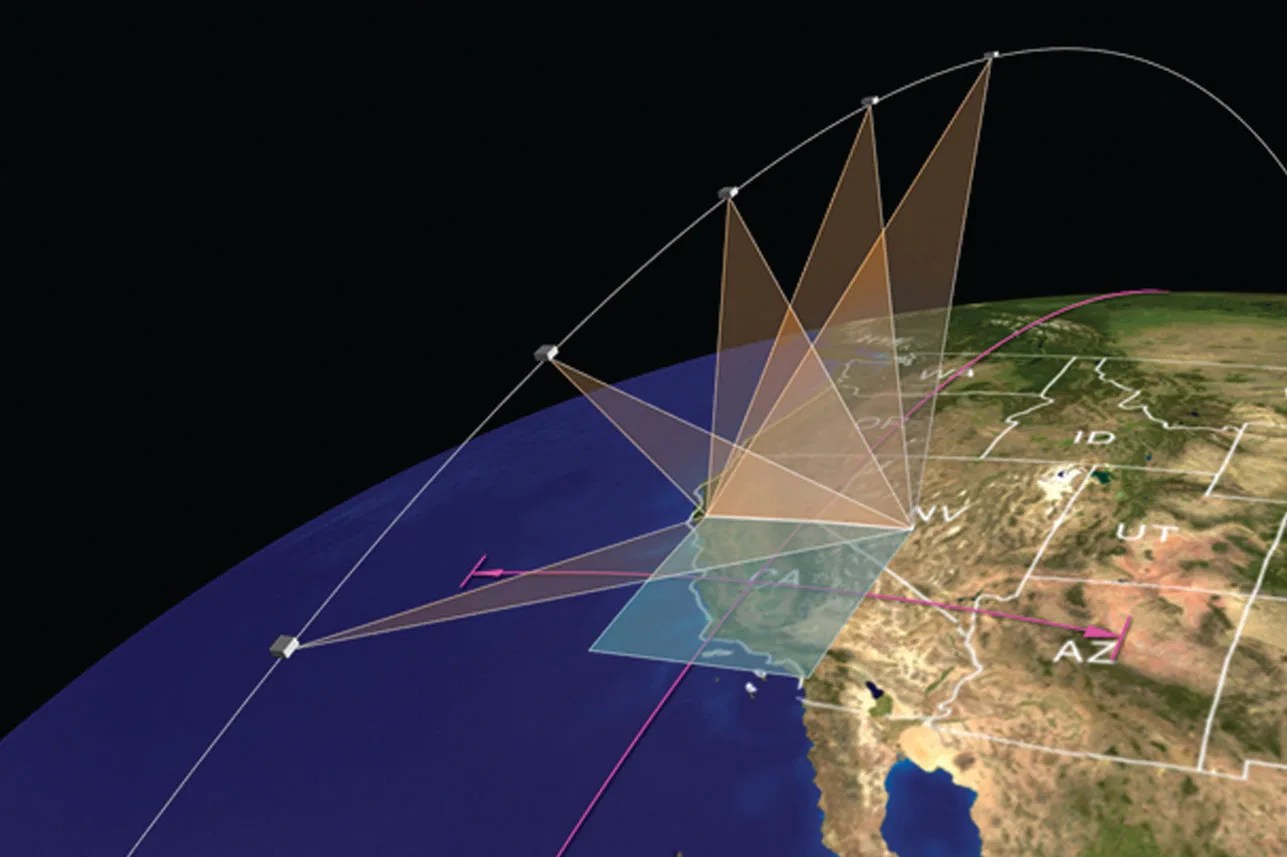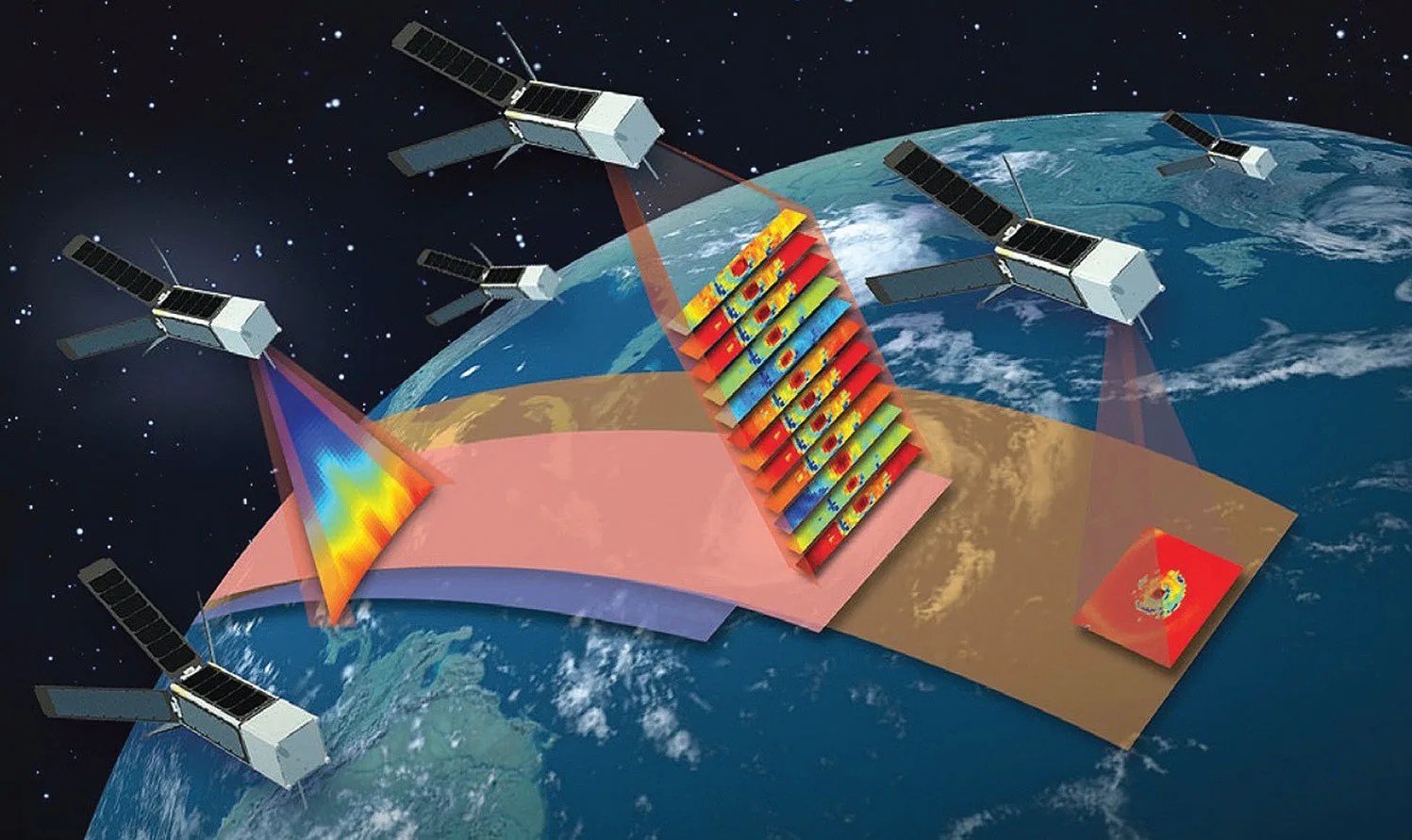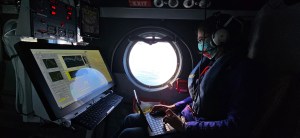Technology Infusion
In March 2016, NASA announced the selection of two proposals—both direct infusions of Earth Science Technology Office (ESTO) projects—under the third solicitation of the Earth Venture Instrument (EVI) program. Managed by the Earth System Science Pathfinder (ESSP) program, the EVI program targets emerging instruments for orbital missions of opportunity.
The Multi-Angle Imager for Aerosols (MAIA) will use a twin-camera instrument to make radiometric and polarimetric measurements needed to characterize the sizes, compositions, and quantities of particulate matter (aerosols) in air pollution. MAIA measurements, combined with population health records, could lead to a better understanding of connections between aerosol pollutants and health problems— adverse birth outcomes, cardiovascular and respiratory diseases and premature deaths—in the world’s major cities. MAIA will be a direct descendent of the ESTO-funded Airborne Multi-angle Spectropolarimetric Imager (AirMSPI), a UV/VNIR/SWIR (ultraviolet/visible and near-infrared/shortwave-infrared) multi-angle polarimetric 26 | 2016 SMD Technology Highlights camera that has successfully flown repeatedly on aircraft to measure aerosols and clouds.
The Time-Resolved Observations of Precipitation structure and storm Intensity with a Constellation of Smallsats (TROPICS) project will develop and launch a constellation of 12 CubeSats to study the development of tropical cyclones through rapid-revisit sampling. TROPICS will use scanning microwave radiometers to measure temperature, humidity, precipitation, and cloud properties. The CubeSats will be launched into three orbital planes to enable monitoring of tropical cyclones with a revisit time of as little as 20 minutes. The TROPICS instrument will benefit from prior microwave receiver technology development, as well as the ESTOfunded Microwave Radiometer Technology Acceleration (MiRaTA) project, a CubeSat under development to space-validate a new microwave radiometer.
Impact
In addition to providing unprecedented, highresolution, nearly global measurements that will enable the study of environmental and inner-core conditions for tropical cyclones, TROPICS will serve as a model for future missions by demonstrating that a constellation approach can provide valuable Earth science data at extremely low cost. MAIA will demonstrate new, multiangle measurements of particulate matter in air pollution that are key to understanding air quality, epidemiology, and public health.
Status and Future Plans
Development efforts for MAIA and TROPICS are underway at NASA JPL and MIT, respectively. Launch dates are not yet determined, but may be as soon as 2021.
Sponsoring Organization
NASA provided funding to support AirMSPI – the precursor to technology used by MAIA—via ESTO’s Instrument Incubator Program (IIP). The MAIA project is led by PI D. Diner at NASA JPL. Technology development benefitting the TROPICS project, including MiRaTA, was supported via ESTO’s InVEST and ACT programs. W. Blackwell at MIT Lincoln Laboratory is the PI for TROPICS.


































